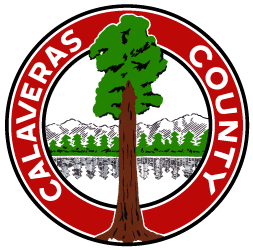Calaveras Cold Case Task Force
A Nonprofit Organization
BREAKING NEWS!
Calaveras Cold Case Task Force Identifies the Remains of a Person Found During the 1985 Investigation of the Wilseyville Serial Killers After Forty Years.
On January 15, 2025, after years of investigation and collaboration with numerous public and private entities, the Calaveras Cold Case Task Force identified a body that was found in 1985 as Reginald “Reggie” Frisby.
Reginald’s body had been found in June of 1985, during the processing and investigation of a crime scene associated with the Wilseyville Serial Killings. These remains have been unidentified until this development.
In 2021, the Calaveras Cold Case Task Force undertook the enormous task of reexamining unidentified human remains from cases within Calaveras County. The basis for reexamination were technological changes and advancements in DNA technology, including the advent of Forensic Investigative Genetic Genealogy. The purpose of the reexamination project was, is, and will continue to be to identify remains while providing closure to victims’ families.
The case that led to the current identification began with over 1,000 pieces of human remains that were exhumed from within a San Andreas crypt, as well as additional unidentified remains that were in the custody of the Calaveras County Coroner.
In November, 2022, Task Force members conducted a specific reexamination of unidentified remains that had also been the subject of an autopsy in 1985. These remains have been unidentified since their discovery despite the creation of a composite sketch and numerous attempts at identification by law enforcement. During this investigation, Task Force members took possession of a portion of the remains, which they later hand-delivered to the California Department of Justice for DNA analysis.
The California Department of Justice successfully obtained a DNA profile from the remains, which was then entered into the CODIS system. CODIS is the Combined DNA Index System which is operated and maintained by the FBI. No match was obtained using this system.
In 2024, the Task Force sent the remains to Intermountain Forensics, a private laboratory located in Utah, for additional analysis. Intermountain Forensics successfully extracted a DNA profile suitable for use in Forensic Investigative Genetic Genealogy (FIGG). FIGG is a technique in which expert genealogists use genealogy to compare a DNA sample with potential relatives in public genealogy databases and the use of publicly available records. The DNA profile for FIGG was assigned for research to Identifinders International, a Forensic Investigative Genetic Genealogy group.
In December of 2024, Identifinders International developed a lead regarding a possible match to the victim by way of DNA matches discovered on a public database. Task Force Investigators and the genealogist began conducting interviews of potential family members and determined that Reginald Frisby had not been in contact with his family since 1984. Task Force Investigators, with the assistance of the San Francisco Police Department Homicide Unit, also determined that Reginald had been living in the city of San Francisco as of January,1984.
Following these interviews, the California Department of Justice responded to a request from the Calaveras Cold Case Task Force and coordinated with the Delaware State Patrol Missing Persons Unit to acquire a DNA reference sample from Reginald’s mother. The California Department of Justice compared her DNA sample to the sample obtained from the remains, and the results, combined with the investigative facts, confirmed the identity of the remains to be Reginald “Reggie” Frisby.
Reginald Frisby, who was born in 1956 in the State of New York, had never been reported missing and was previously not considered or suspected to be a potential victim or suspected to be associated with the Wilseyville Serial Killer case.
The circumstances regarding the death of Reginald are still being examined while Task Force members continue to review original reports, evidence, and facts of the case. It is believed that Reginald was the victim of homicide.
After forty years, this identification would not have been possible without the assistance of the California Department of Justice, The Delaware State Patrol Missing Persons Unit, the San Francisco Police Department Homicide Unit, Identifinders International, Intermountain Forensics, and all the supporters, agencies, and members of the Calaveras Cold Case Task Force.
The Calaveras Cold Case Task Force is funded entirely by donations. Without these donations, the private laboratory and genealogy work would not have been possible, and Reginald would remain unidentified. The Task Force has spent over $200,000 of donated money on reexamining remains from all assigned cases.
To support the Calaveras Cold Case Task Force, please consider donating. To learn about other cold cases, please visit the Case Spotlights page.
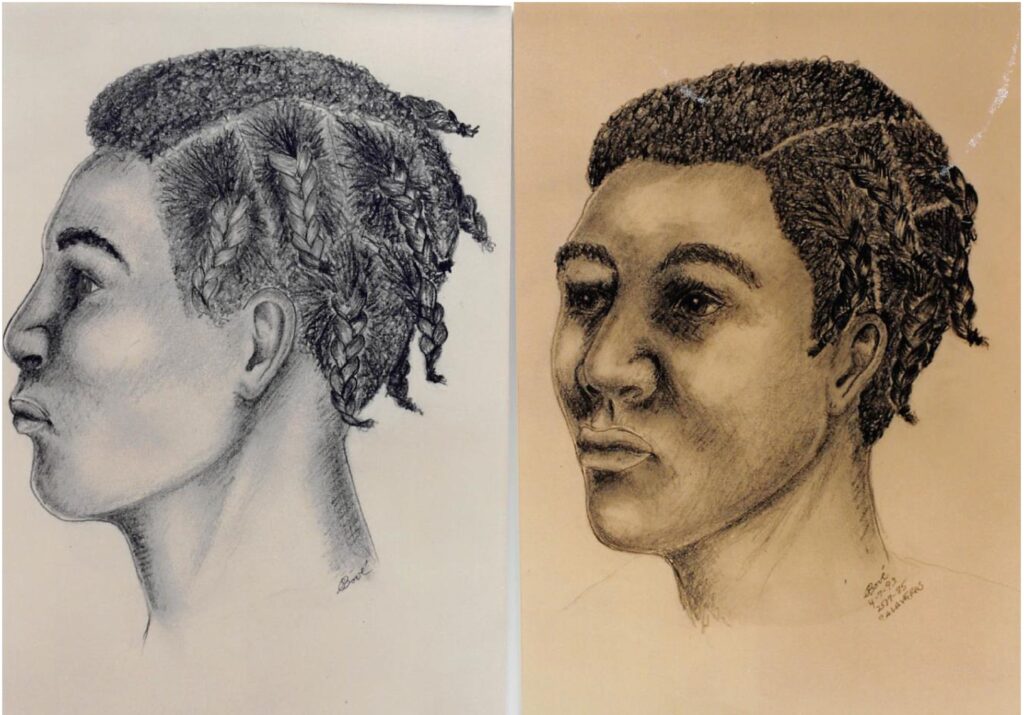
Artist’s Conception
1993
This artist’s composite was used by Investigators in an attempt to identify the remains of Reginald “Reggie” Frisby.
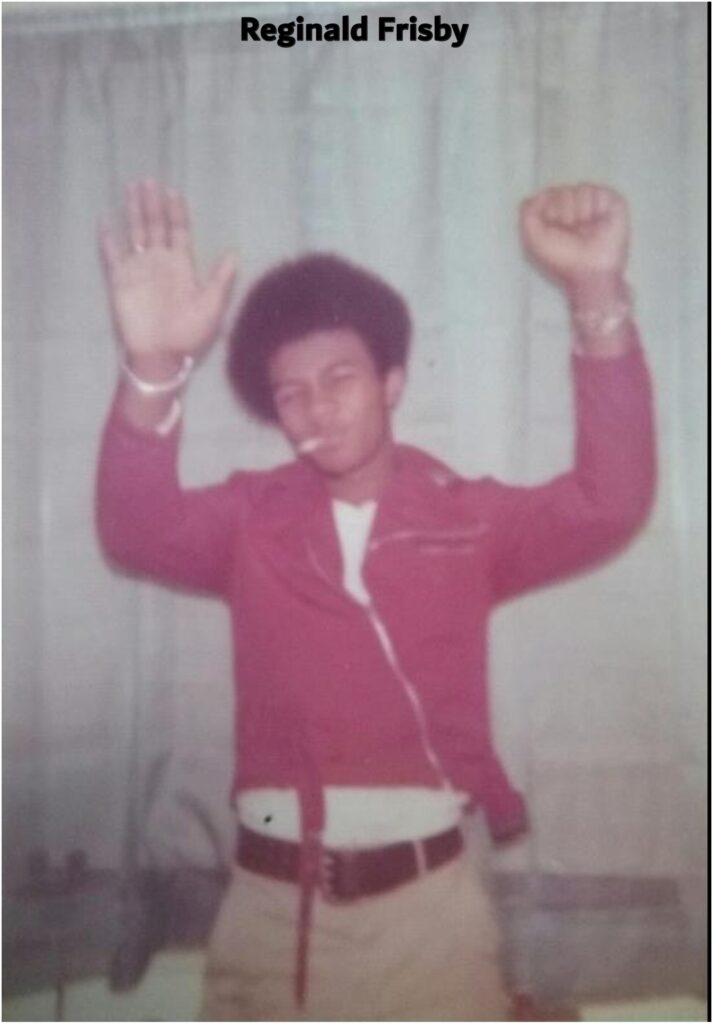
Reginald “Reggie” Frisby
Identified in January, 2025
This is the only known surviving photograph of Reginald Frisby.
The Mission
The Calaveras Cold Case Task Force was formed to assist Calaveras Law Enforcement Agencies in solving cold cases within Calaveras County. This includes funding costly forensic DNA analysis of unidentified human remains, finding missing persons, and solving homicides and other longstanding crimes.
The need
Many cases in Calaveras County have grown “cold” over the years due to a lack of investigative leads, no means of identifying human remains, and a lack of funding for private laboratory services that state government laboratories don’t provide.
Solution
Modern DNA and forensic science technology have led to the belief that many of the Calaveras Cold Cases can now be solved. Advances in science and modern techniques are instrumental in the CCTF’s mission to solve cold cases. Partnering with cutting-edge laboratories is essential to scientifically solving crimes.
Expert Team
We’re constantly recruiting among the best and brightest from the Calaveras Sheriff’s Office Officers, Calaveras District Attorney Investigators, other law enforcement agencies, forensic anthropologists, crime analysis experts, and scientists to meet our goals.
How can you Help?
The task force depends on donations from the public to fund costly forensic analyses that government-funded laboratories cannot provide. These services include genetic analysis of unidentified remains to finally give a name to victims of violent crime. Your donation of any amount can help solve a crime!
Top Cold Cases
Please note that the team is investigating many cases that are not being shared at this time. These are just a few.
Identifying the Victims of Serial Killers
The Wilseyville Serial Killings:
The Wilseyville Serial Killings were committed in the mid-1980’s by a duo of killers. Of the two killers, Charles Ng was convicted of 11 counts of murder, and Leonard Lake committed suicide upon his capture. The Calaveras Cold Case Task Force will follow the “No Notoriety” model and minimize the suspects’ names in press releases or case summaries from this point forward.
The Wilseyville Serial Killings left numerous victims, including whole families, whose remains were never identified. Over 1,000 pieces of human bone fragments and teeth were discovered at the scene of these horrific crimes. Experts have classified some of these bones as belonging to infants and toddlers. It is believed there may be victims who have remained unknown all these years, and the team intends to identify these nameless victims, ensure that they are remembered, and bring their stories to light.
Originally placed in a crypt in the People’s Cemetery in San Andreas, CA, the CCTF obtained a court order to exhume the remains and begin the identification process. The goal is to return the victims to their loved ones so they can be laid to rest. The team is actively working to identify each piece of the unidentified bones and teeth with the help of cutting-edge DNA and forensic genetic genealogy.
Please see the update on the identification of victim Reginald Frisby near the top of this page.
Please see the Brenda O’Connor page for information on her remains being sent home to be laid to rest.
Identifying the ParrotTs Ferry Jane Doe
Jane Doe was discovered in the waters of the Stanislaus River below the Parrotts Ferry Bridge in 2015. Her remains consisted of a torso and thighs. A chain was wrapped around her waist, and a concrete block was found nearby. Her remains have not been identified, but due to progress in DNA technology and techniques, the team is close to identifying this lost and forgotten woman who became the victim of a violent murderer.
Update: The Calaveras Cold Case Task Force is committed to identifying Jane and restoring her proper name. To date, nearly $30,000 of supporter funds have been spent on this case, and as of late 2024, a DNA profile has been successfully extracted by Astrea Forensics.
This DNA profile is assigned to our partners at Identifinders International LLC and is undergoing a Forensic Genetic Genealogy Investigation. Check back for updates on this case.
Discovering the identity of a Killer: Roy Dixon Homicide
In 1997, the body of Roy Dixon was discovered alongside Winton Road a few miles outside West Point, CA, near his burned Jeep Cherokee. Investigators determined that the fire had been ignited deliberately and that Dixon had been murdered. Although several leads were developed during the investigation, evidence and leads were not sufficient to arrest and charge the perpetrator(s) of the murder. Dixon’s homicide has remained an open case for nearly three decades, but the Cold Case Task Force is reexamining all the evidence, analyzing DNA, and utilizing modern forensic science to hopefully solve the case and bring Dixon’s killer to justice.
Hector Girol Homicide
Hector Girol was shot while taking a shower at his home in Copperopolis, CA in 2000. While several leads were established at the time, there was insufficient evidence to bring his killer to justice. However, the team is working with scientists to create new leads with the intention of solving this longstanding mystery and giving Hector the justice he deserves.
Meet Our Team
The Calaveras Cold Case Task Force
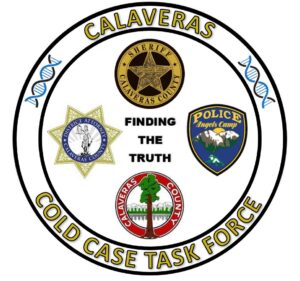
The Cold Case Task Force is comprised of Calaveras County Agencies working in collaboration with experts from around the United States to solve Calaveras County cold cases that have remained unsolved for decades.
Calaveras County Sheriff’s Office Cold Case Investigative Team
Founder of the Cold Case Task Force
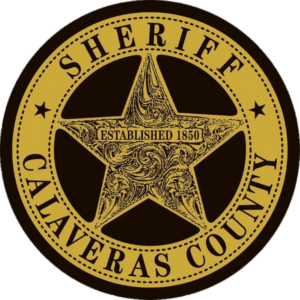
The Calaveras County District Attorney’s Office Investigators
Member of the Cold Case Task Force

Calaveras County Coroner
Member of the Cold Case Task Force
